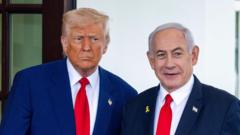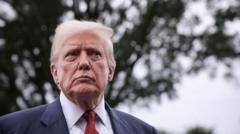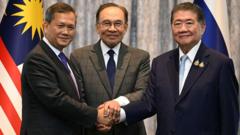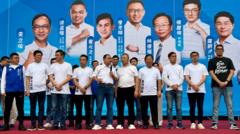Nvidia CEO Jensen Huang's recent discussions with US officials may signal a thaw in trade tensions between the US and China, affecting the semiconductor industry.
Nvidia and AMD to Share 15% of China Revenue with the US Government

Nvidia and AMD to Share 15% of China Revenue with the US Government
Nvidia and AMD reach a significant agreement, designating 15% of their semiconductor sales in China to the US government as part of new export rules.
Chip manufacturing powerhouses Nvidia and AMD have entered into a notable arrangement that requires them to allocate 15% of their semiconductor sales revenue from China to the US government. This deal, learned from a source close to the negotiations, is crucial for both companies to secure export licenses to China, which is the world's second-largest economy.
Nvidia issued a statement highlighting their commitment to adhere to US government regulations for global market participation, despite halting shipments of their H20 chip to China for several months. They expressed hope that export control policies would facilitate competition both in China and globally. AMD has yet to respond with a statement regarding the agreement.
Specifically, Nvidia will contribute 15% of its profits from sales of the H20 chips in China, while AMD will do the same concerning its MI308 chip revenues, as initially reported by the Financial Times. The US had previously imposed a ban on the sale of Nvidia's H20 chips to China due to security risks, but this decision was recently reversed.
Developed specifically for the Chinese market, the H20 chip’s sales were halted by the Trump administration in April as part of broader export restrictions initiated by the Biden administration in 2023. Jensen Huang, the CEO of Nvidia, has been actively negotiating with US officials for the resumption of sales to China, having met with President Trump last week.
This move to reinstate chip sales to China appears to coincide with a general easing of trade tensions between Beijing and Washington. Additionally, China has loosened its regulations on rare earth exports, while the US is relaxing constraints on chip design software firms operating within China.
In a significant diplomatic development, the US and China previously agreed to a 90-day truce concerning their tariffs conflict, with high-level trade discussions ongoing. Although an extension of this tariffs pause has yet to be confirmed before the upcoming 12 August deadline, the potential for improved US-China trade relations remains on the horizon.



















